Unagi Kabayaki
鰻蒲焼
Our unagi kabayaki is a product that has continued to evolve over time.
We would like to talk about a part of our commitment to this product.
Our unagi kabayaki is a product that has continued to evolve over time.
We would like to talk about a part of our commitment to this product.
Our care with farmed eel
1. Nature and good quality water
Good quality groundwater surrounded by abundant nature provides the optimum conditions for farmed eel.
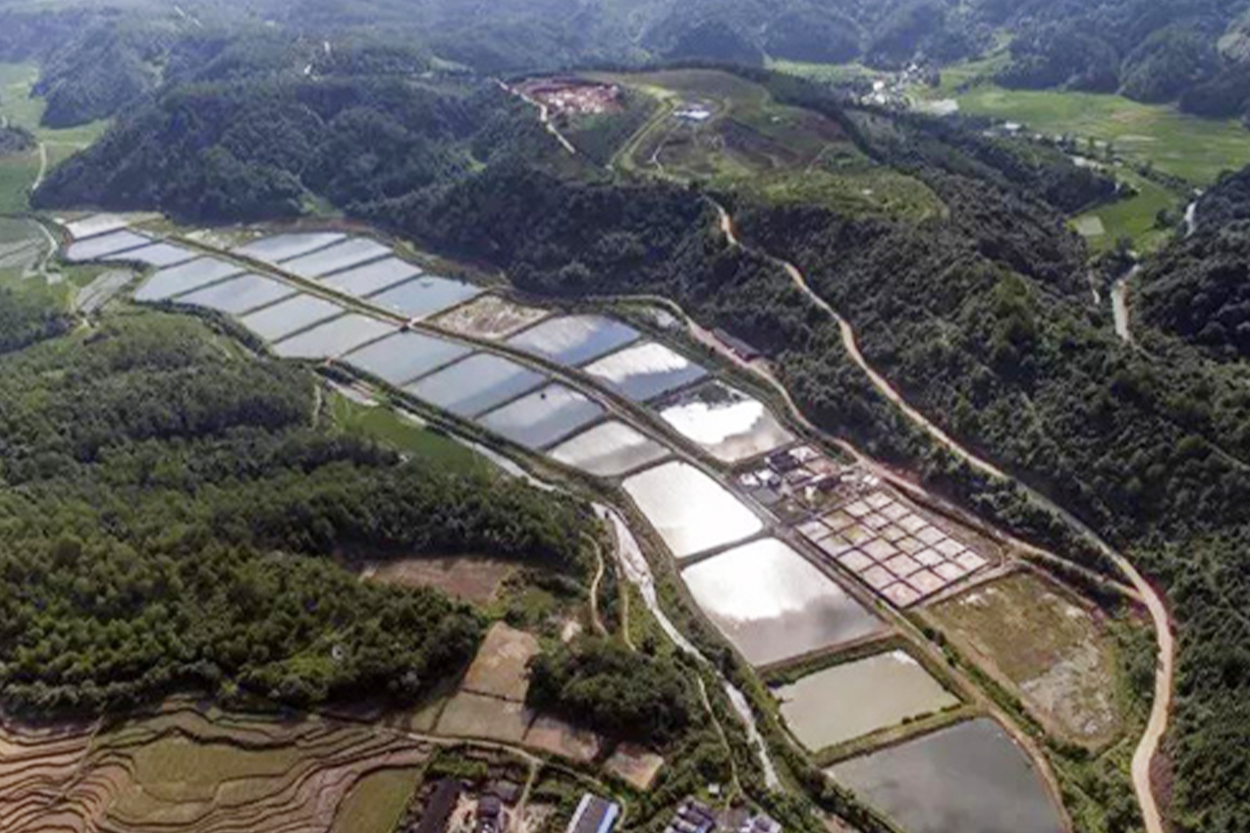
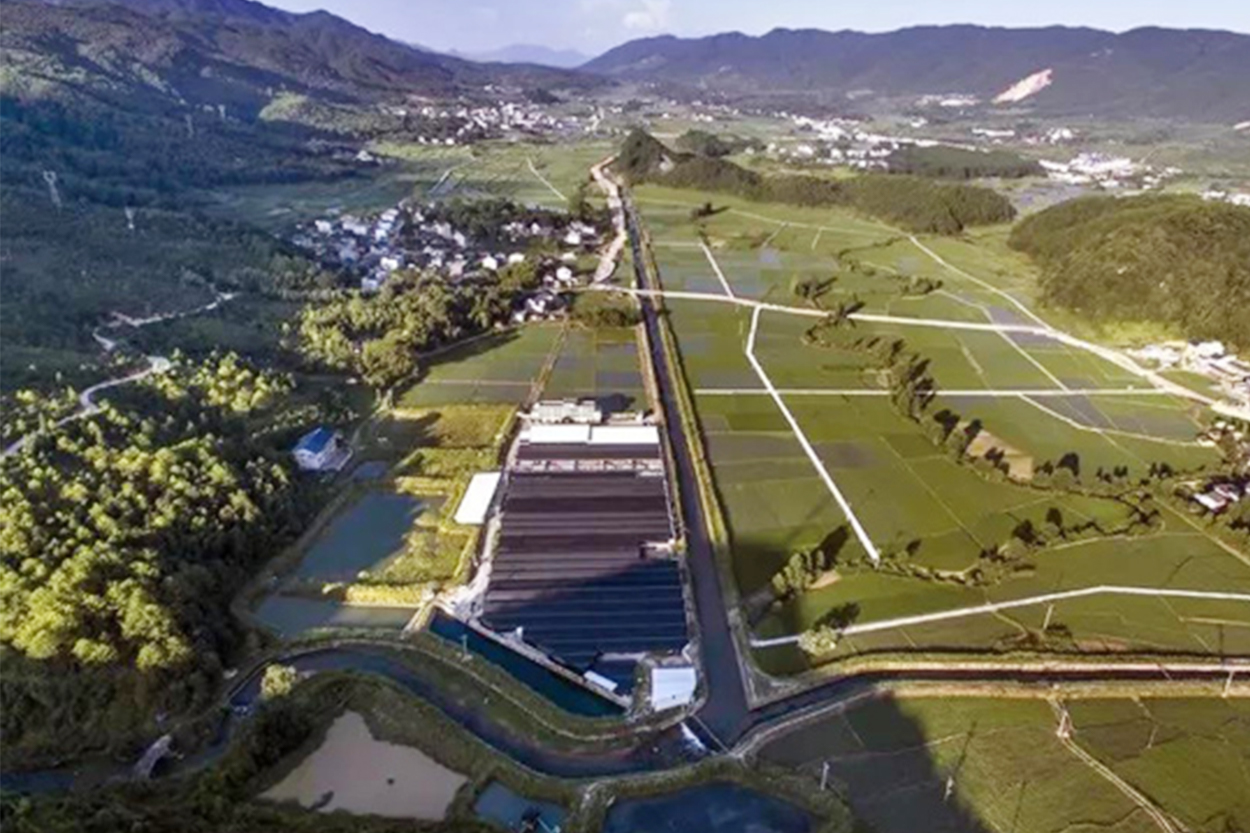
2. Environment
We only have farms in areas that fit the following conditions:
- No factories nearby that can be a source of pollution
- Located in the upper reaches of a river
- No dense residential areas nearby
(to prevent drug contamination and eutrophication of water from domestic wastewater) - No rice fields in the upper reaches of the river
( to avoid the effects of pesticide spraying)
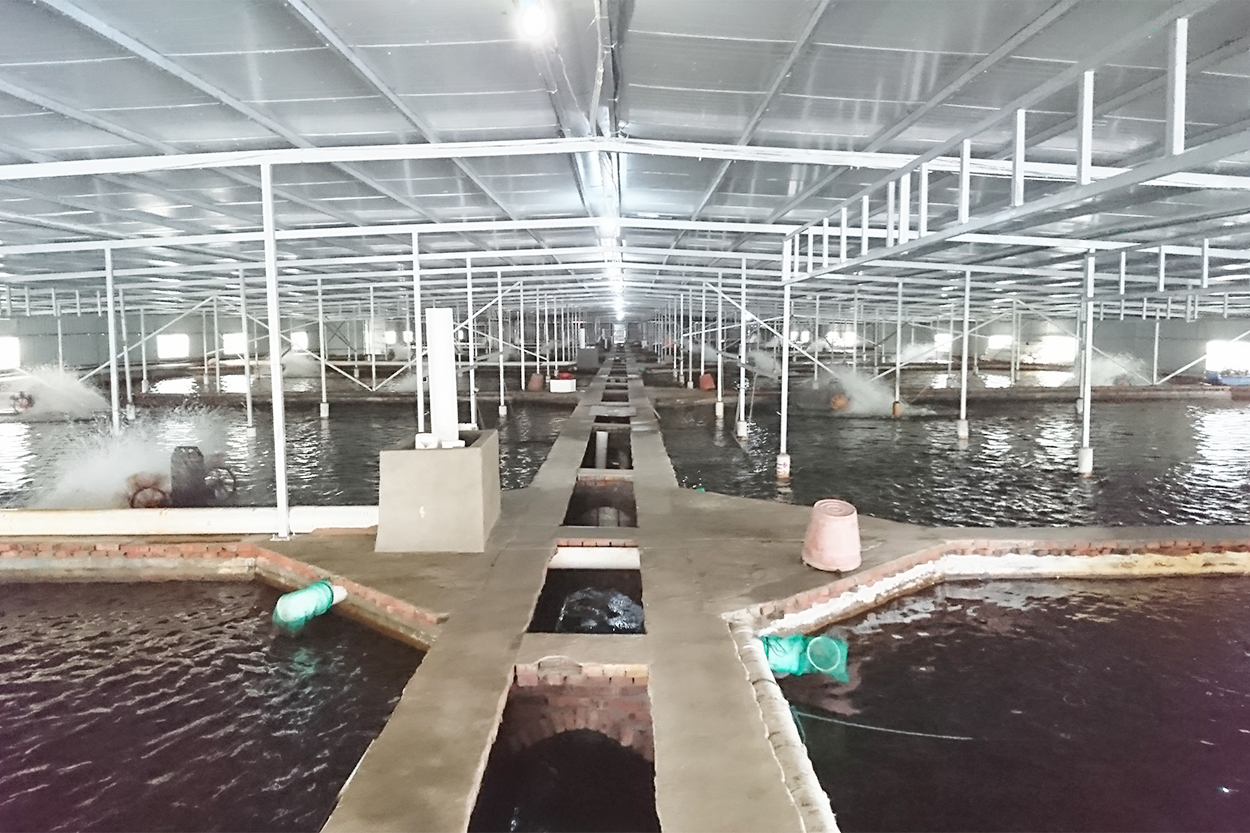
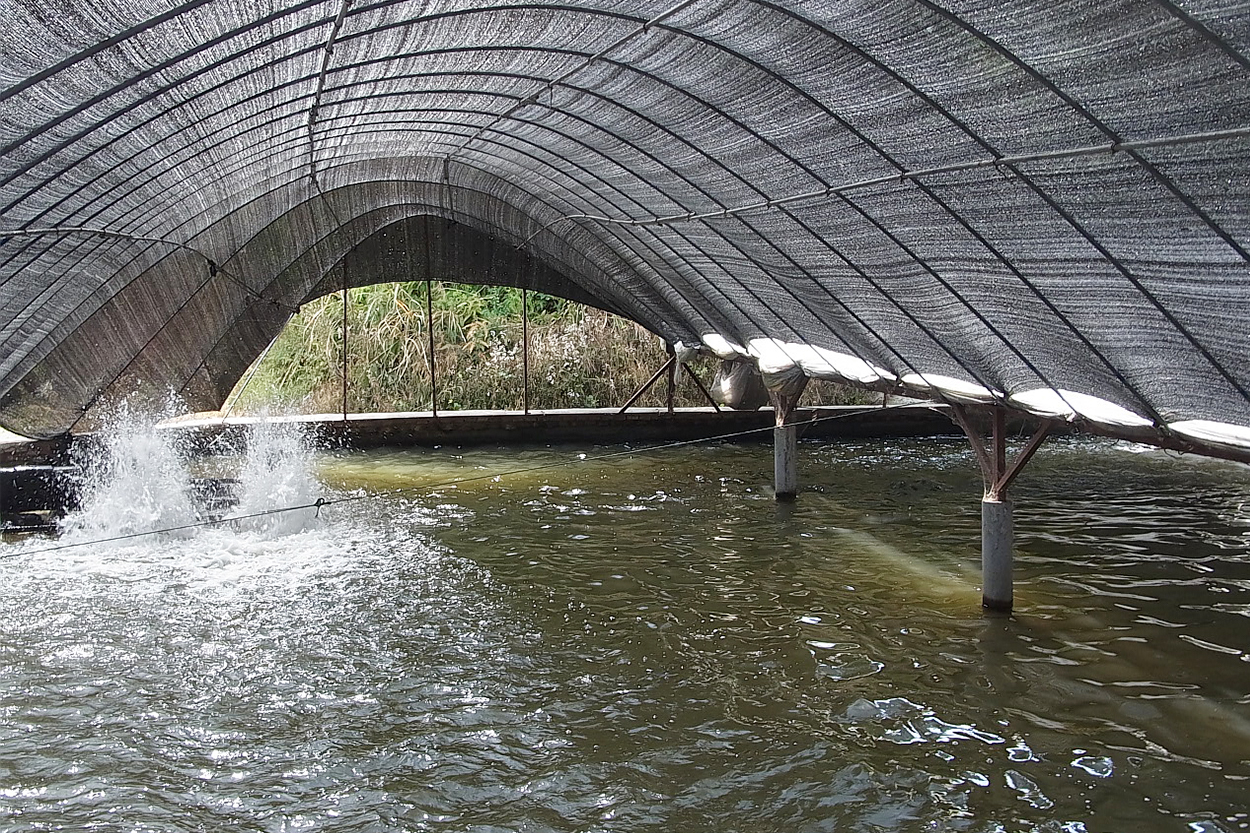
3. Feed
We use a feed that is a unique formulation, the product of research and collaboration with a major feed manufacturer. The enables us to secure high-quality eel as a raw material that has been raised healthily, eating plenty of feed. In terms of safety, our raw materials also have a stable product quality that has met all national standards and that have clear traceability.
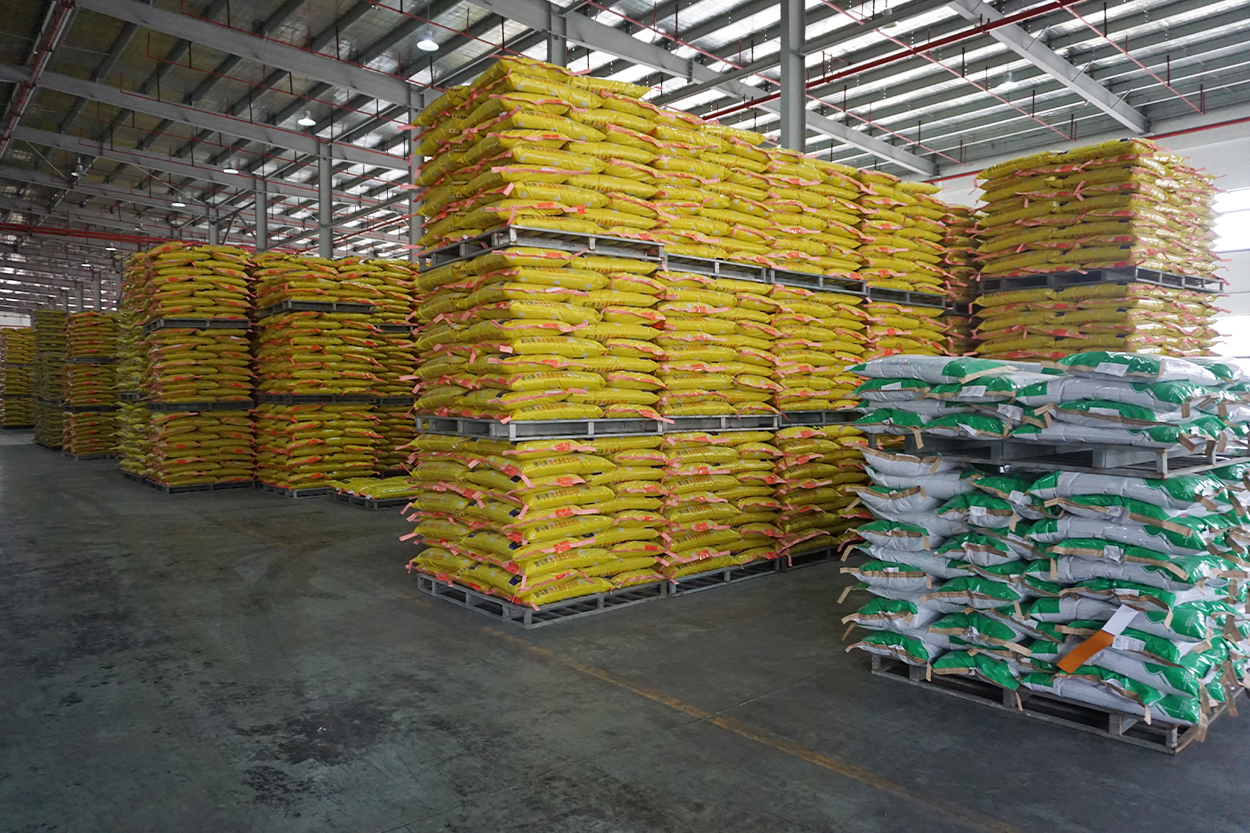
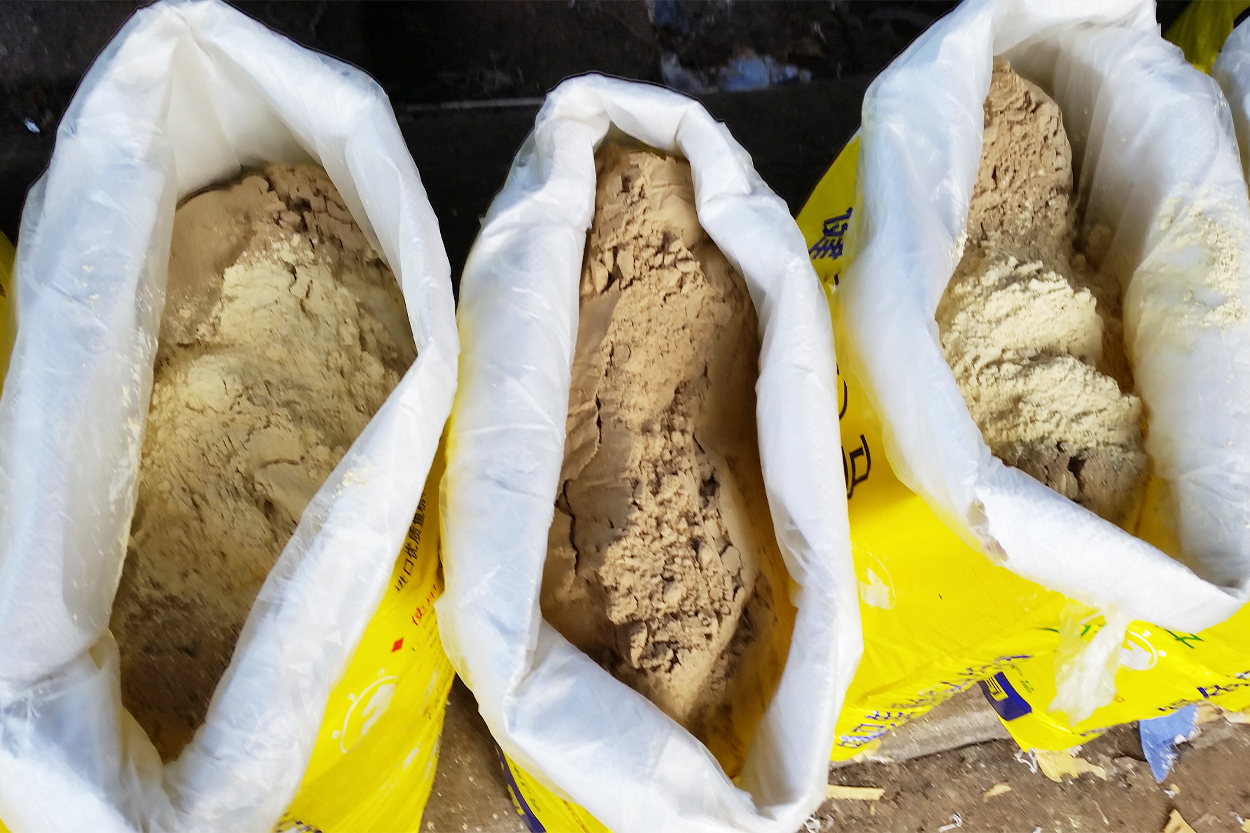
Our care with processing
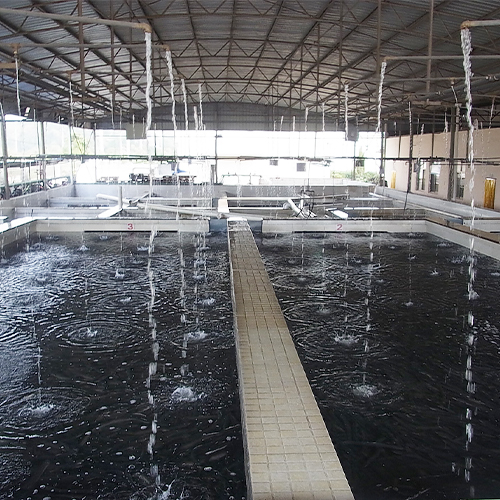
1. Temporary Farm
Eels that have been harvested from the ponds are taken to the processing area and allowed to swim in the clean water in its holding tanks for 24 to 48 hours. The eels are then processed to remove mud and odors from the meat and skin to create a pleasant-tasting product.
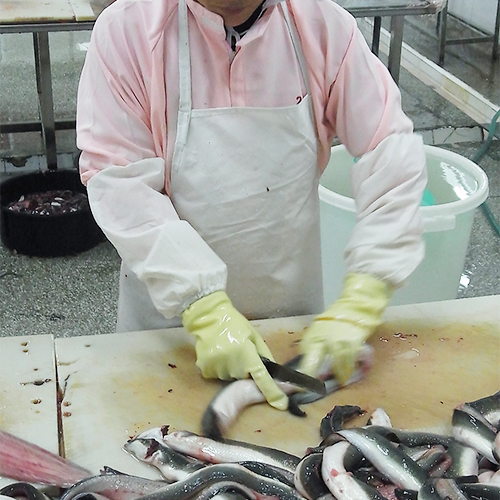
2. Filleting
The eels are placed on ice to put them in a state of biological rest and are immediately filleted by specialized craftsmen. It takes about 30 minutes from the start of filleting until the grilling line. To preserve freshness, the filleting needs to be completed without any reduction to the core temperature of the body of the fish, so time is of the essence.
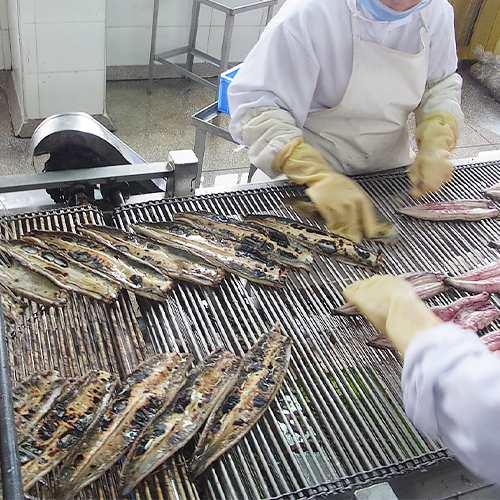
3. Plain grilling
The grilling line, which is about 100 meters away, progresses from the plain (unseasoned) grilling of the skin-side of the fish, to grilling the reverse side of the fish, and then finally to steaming. Fire-grilled over charcoal, the high temperatures of far-infrared rays harden the proteins on the surface of the fish and seal the juices inside the flesh. The heat penetrates nicely to the inside of the flesh, grilling the outside to crispy perfection. The result is a fragrant eel whose flesh is fluffy inside and has retained all its umami flavor.
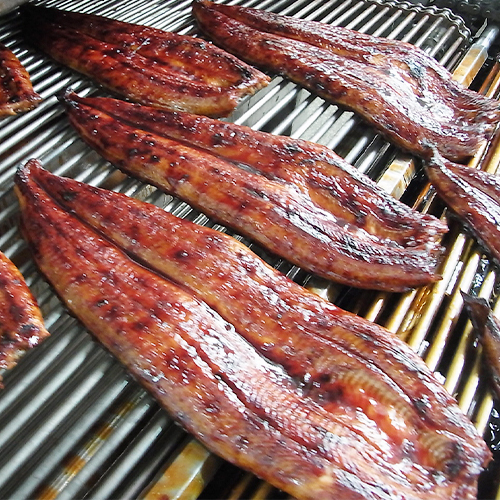
4. Steaming and grilling with sauce
The temperature during steaming is carefully controlled to bring the meat to fluffy perfection. The eel is then covered with sauce and grilled—this is the process for creating kabayaki.
Our efforts to ensure food
safety and security
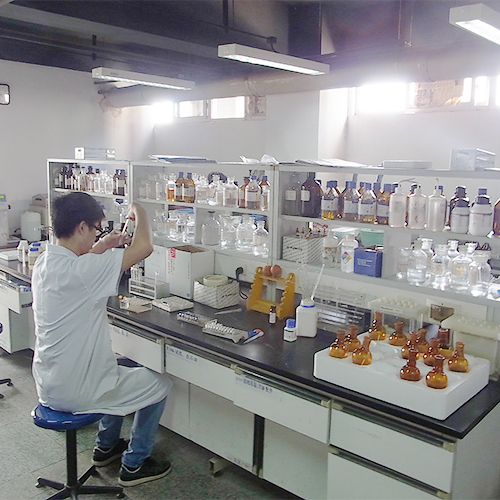
1. Multiple Inspections
We perform a wide range of inspections before removing the eels from the ponds. These include inspections of the farm’s water quality and soil, together with inspections to check for residual agricultural chemicals in the feed and veterinary medicines. After removal from the ponds, the eels are inspected for veterinary medicines and microorganisms, both as raw materials before processing and also once the kabayaki grilling process is complete, in a flawless system for ensuring safety and security. Our system is stricter than systems typically employed for farmed eel in Japan.
2. Prevention of foreign matter
In addition to requisite washing and disinfection of the hands for our workers, we also conduct clothing inspections and dust removal. With product inspections and by using metal detectors, we also strive to prevent foreign matter contamination after the eel is processed as unagi kabayaki.
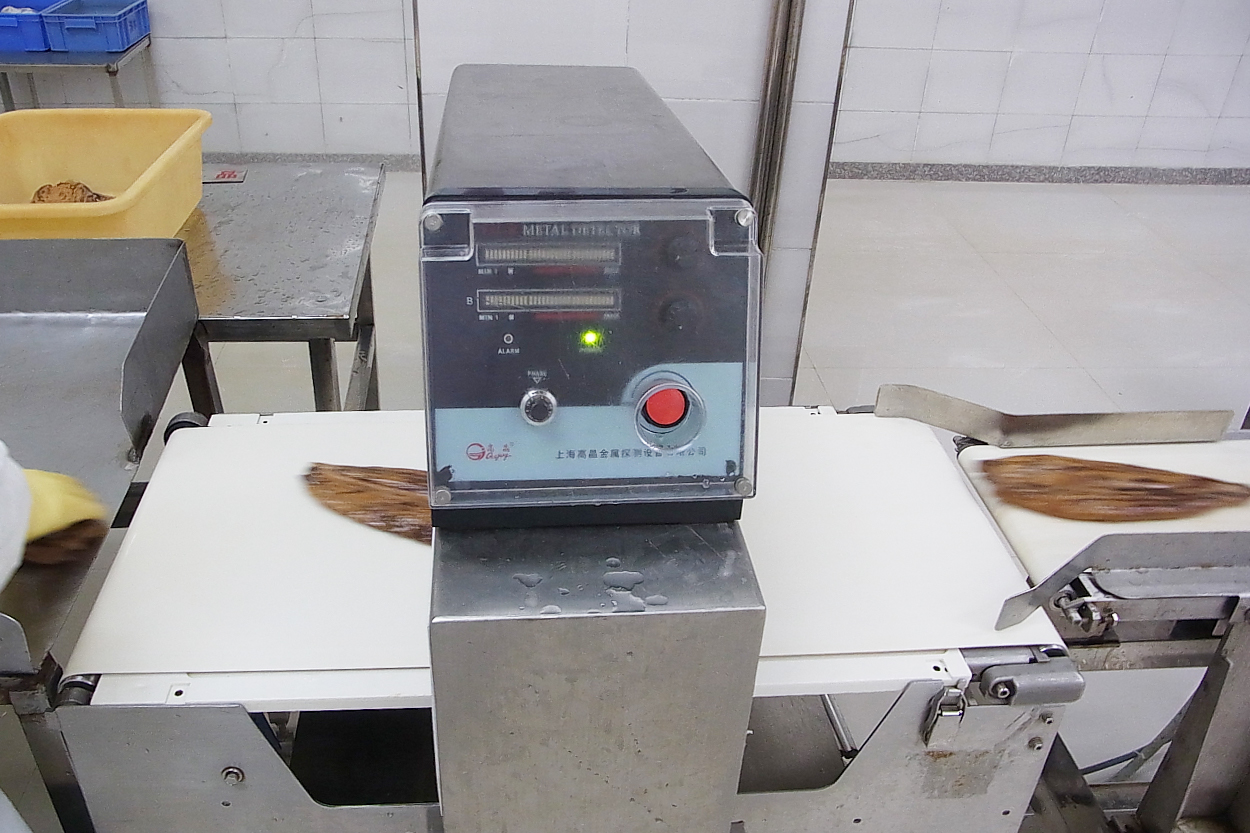
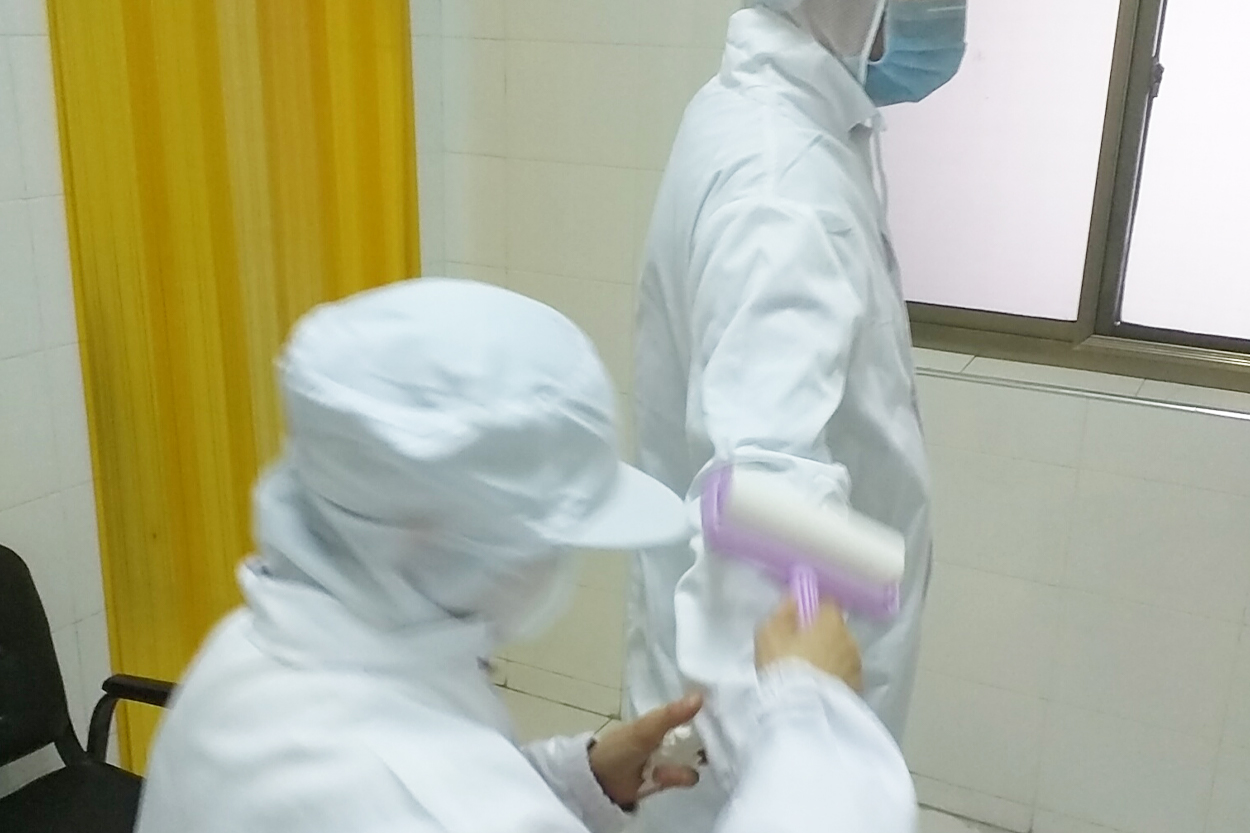
Using our own inspection system—a system that is unique to our company—we carry out the highest standard of measures to ensure safety and security.

 C-J GLOBAL GROUP
C-J GLOBAL GROUP